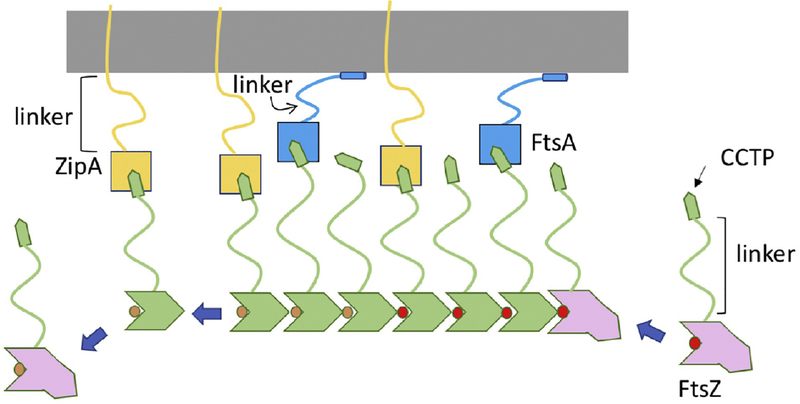Figure 2. Linking FtsZ filaments to the membrane.
FtsZ filaments bind to membrane anchors (FtsA and ZipA). This binding involves the CCTP (conserved C-terminal peptide) of FtsZ binding to FtsA and ZipA. The CCTP is an example of a MoRF (molecular recognition feature) more common in eukaryotic proteins. Such motifs display weak affinity and this is true for the CCTP binding to FtsA or ZipA, however, an FtsZ filament displays strong binding due to avidity (many CCTPs binding many membrane anchors). The intrinsically disordered regions (linker) in FtsZ, ZipA and FtsA increase flexibility allowing interaction with their partners. The long linker in ZipA may help it snare FtsZ filaments while the long linker in FtsZ with the CCTP at the tip may function like a grappling hook.

